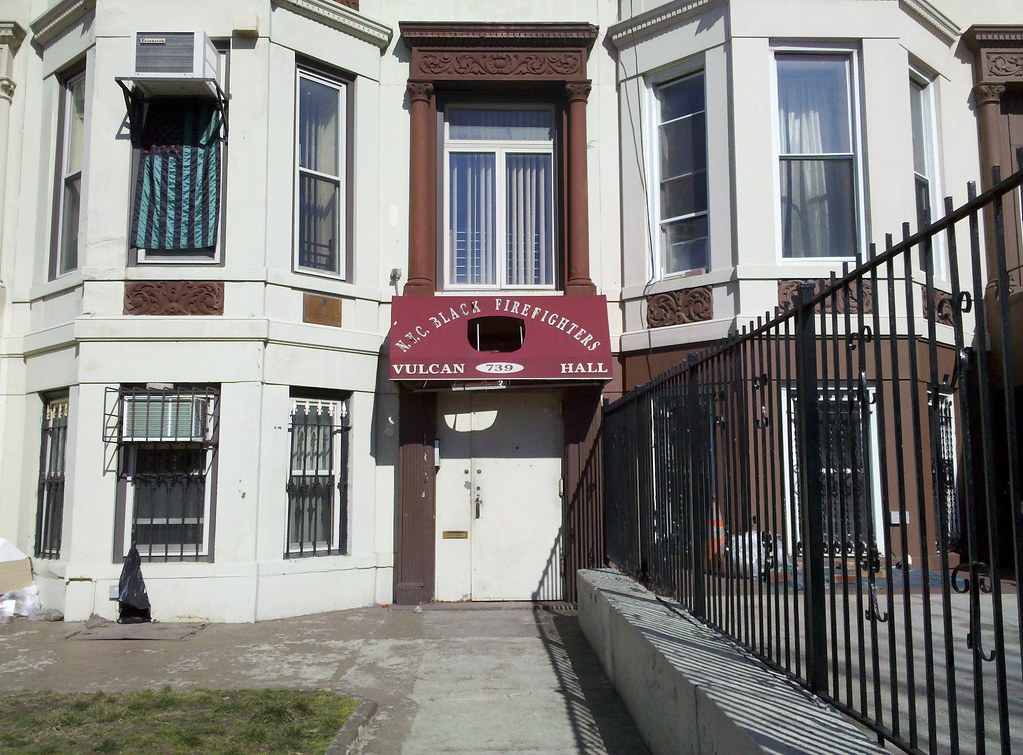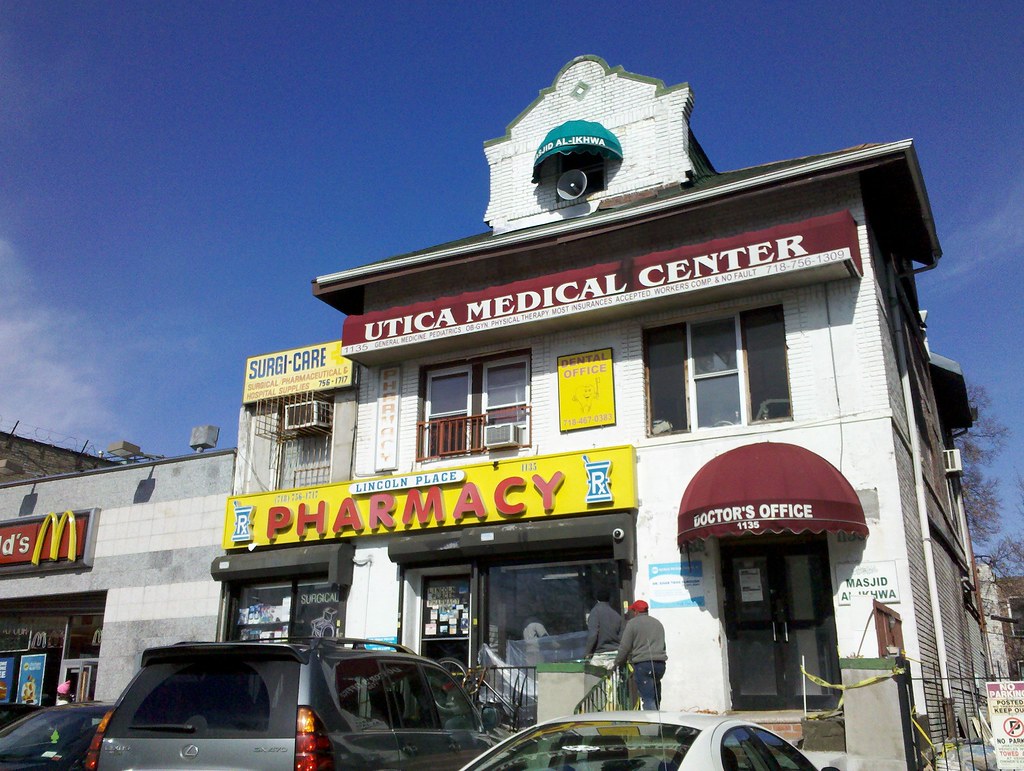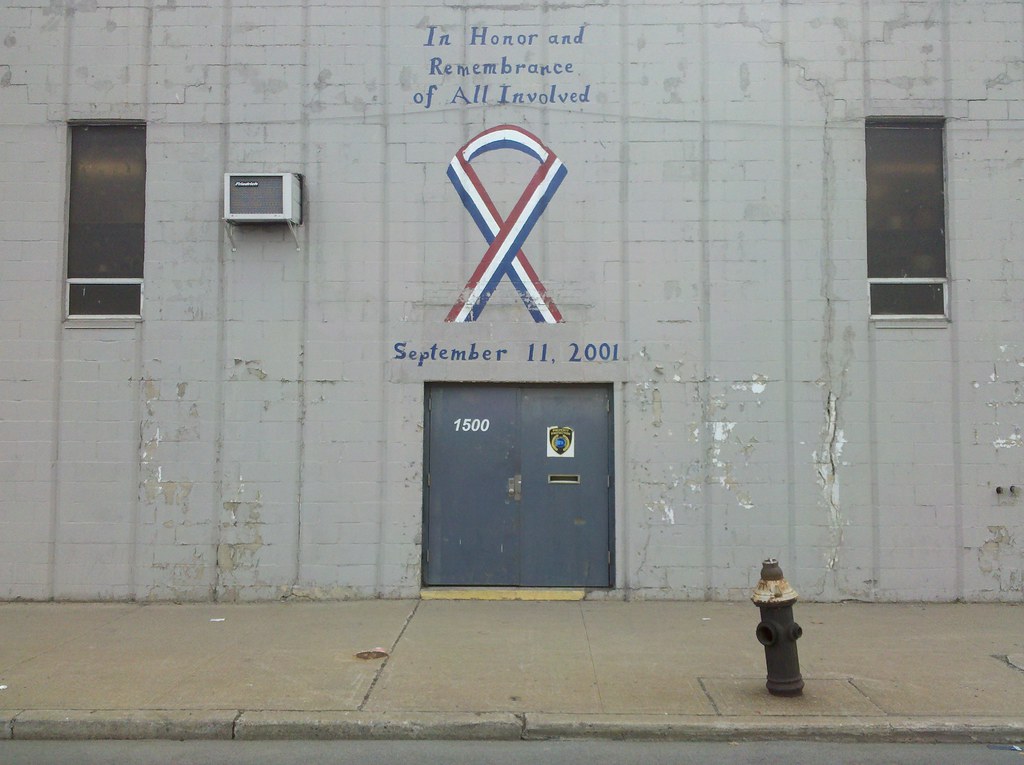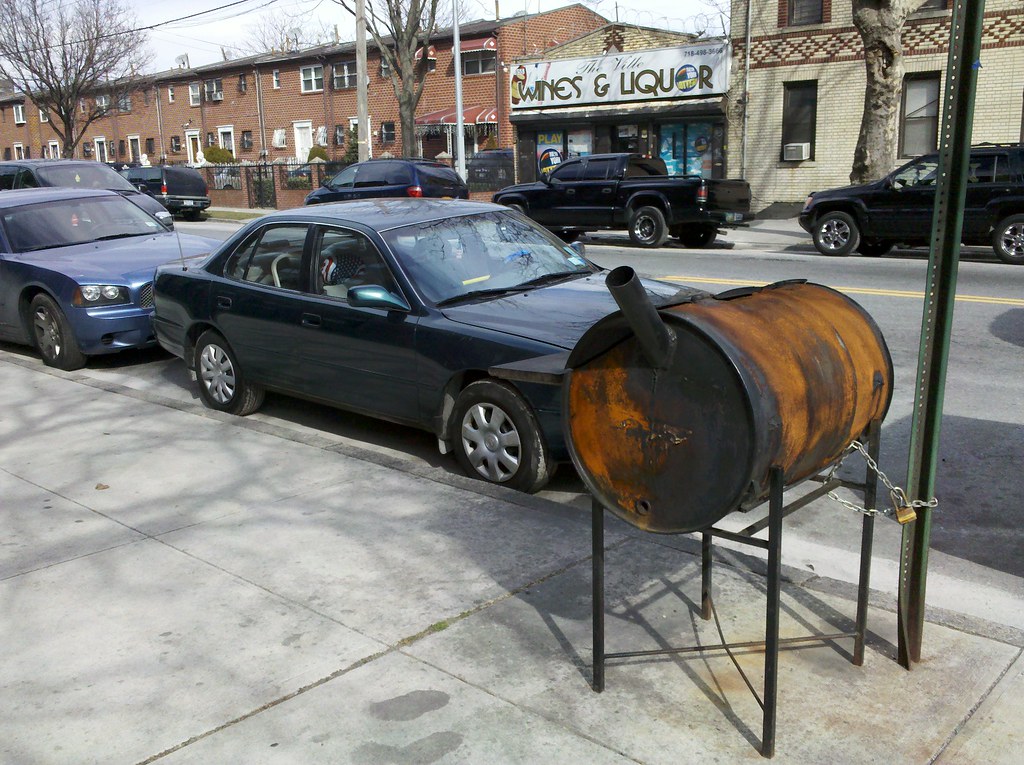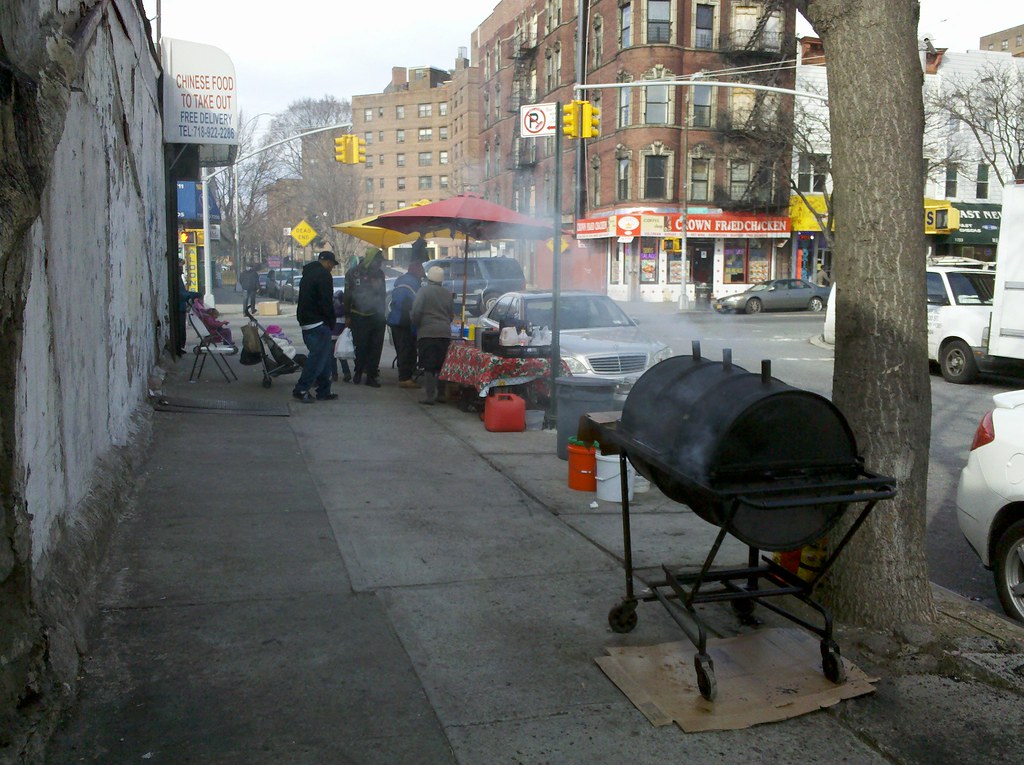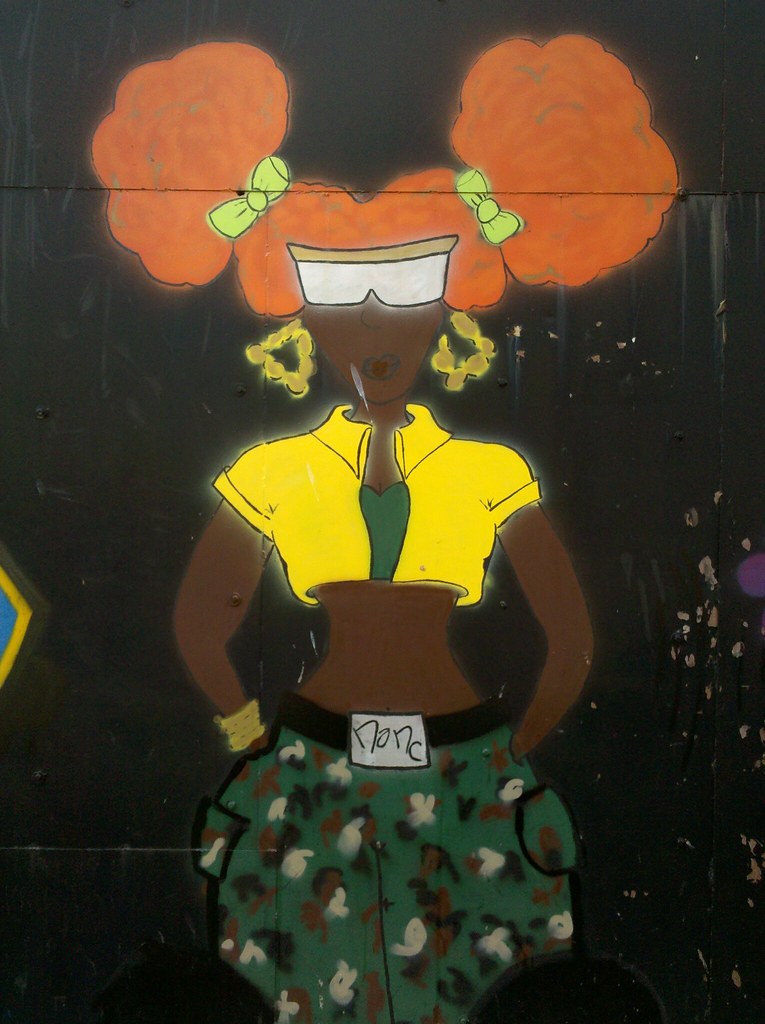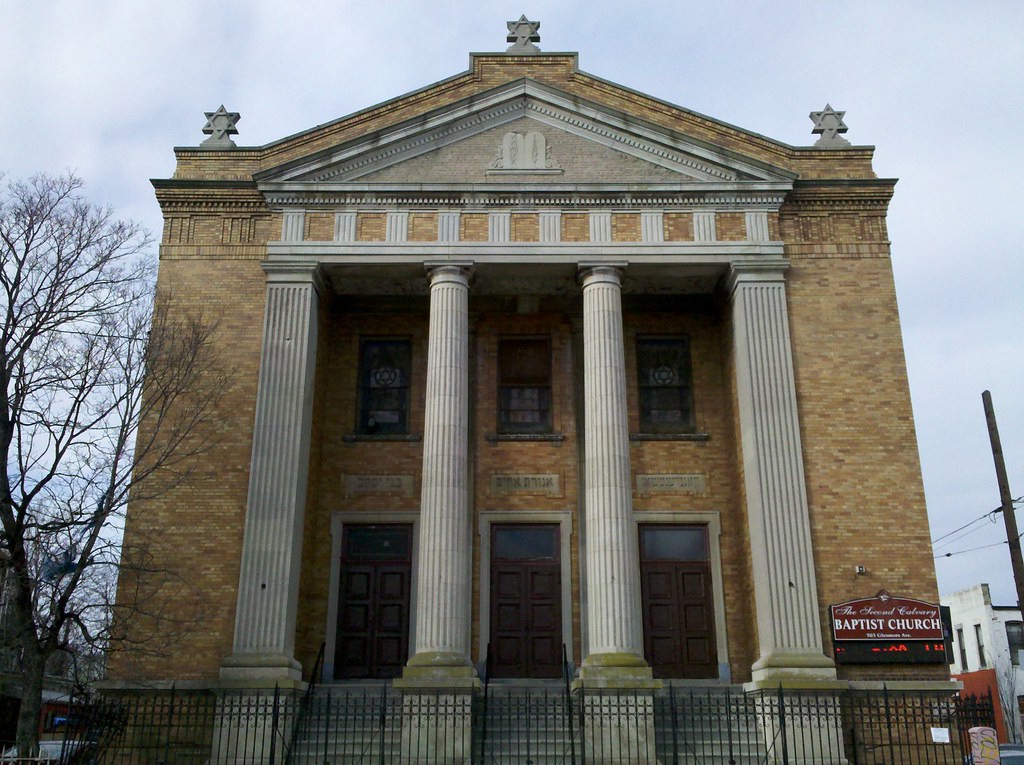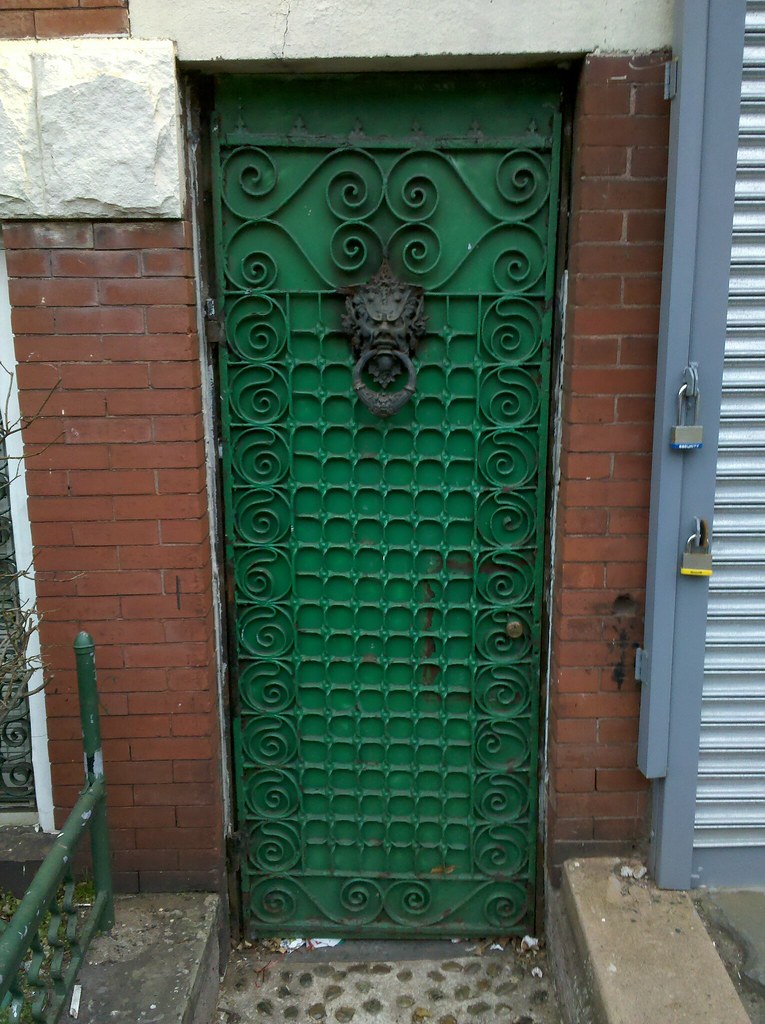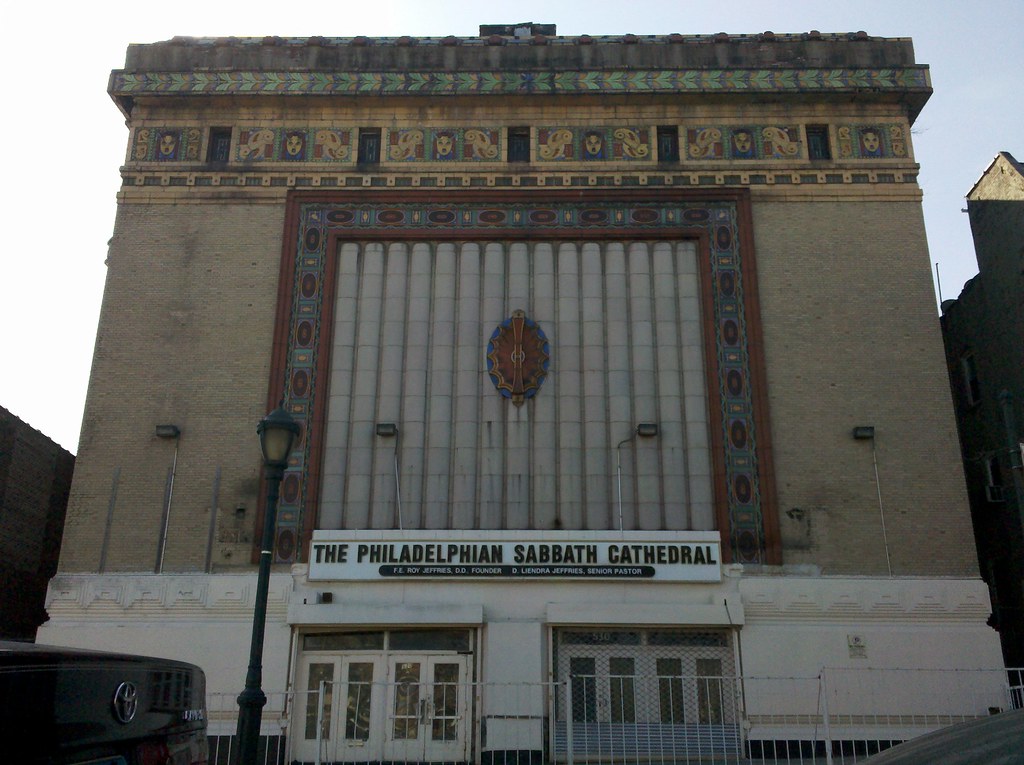
Formerly the Loew's Kameo Theatre. You can still see the old rooftop theater from a bird's-eye view.
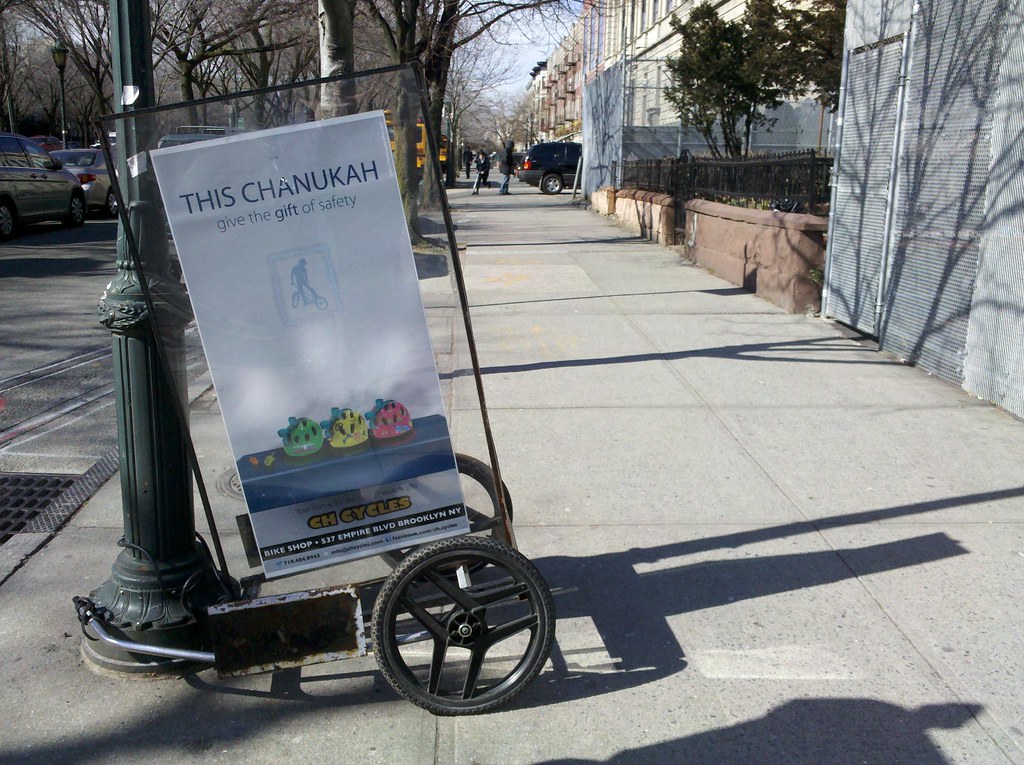
And what better way to advertise it than to obstruct a public sidewalk for months? This is like the evil twin of the Leonard & Withers Corner Library.

Ms. Dozier is one of a growing number of female morticians.
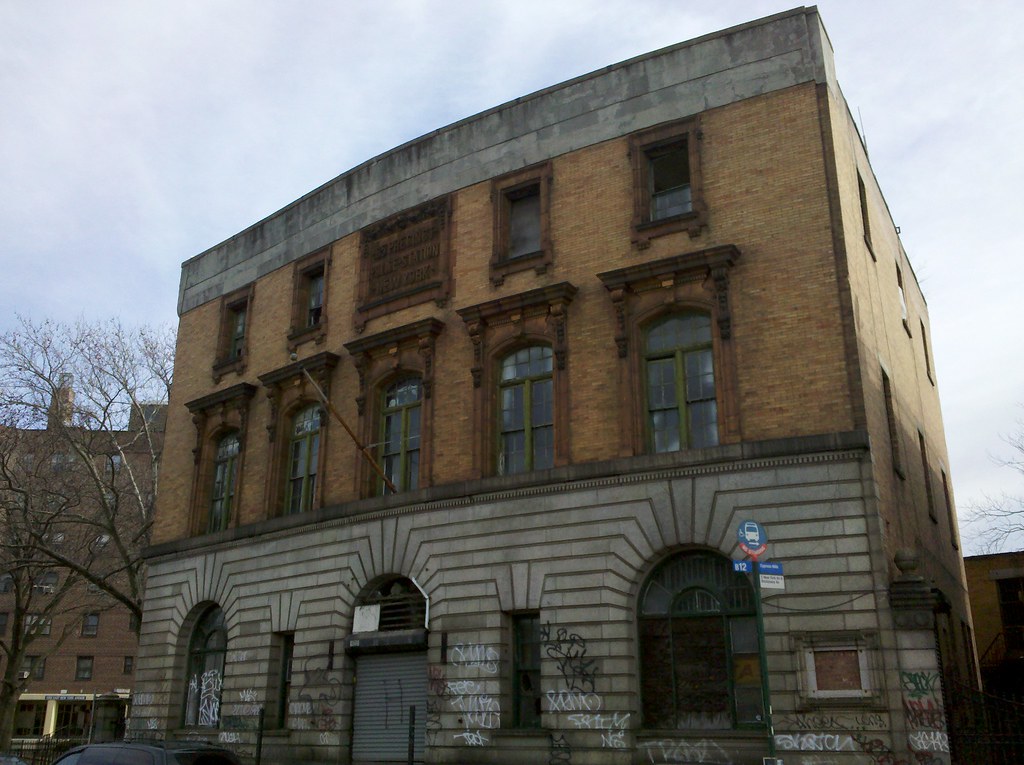
Mike Tyson spent a fair amount of time inside these walls during his delinquent youth in Brownsville.
The sign on the building reads "65 Precinct" — at some point, the 65th was changed to the 73rd Precinct, I believe in the 1920s.
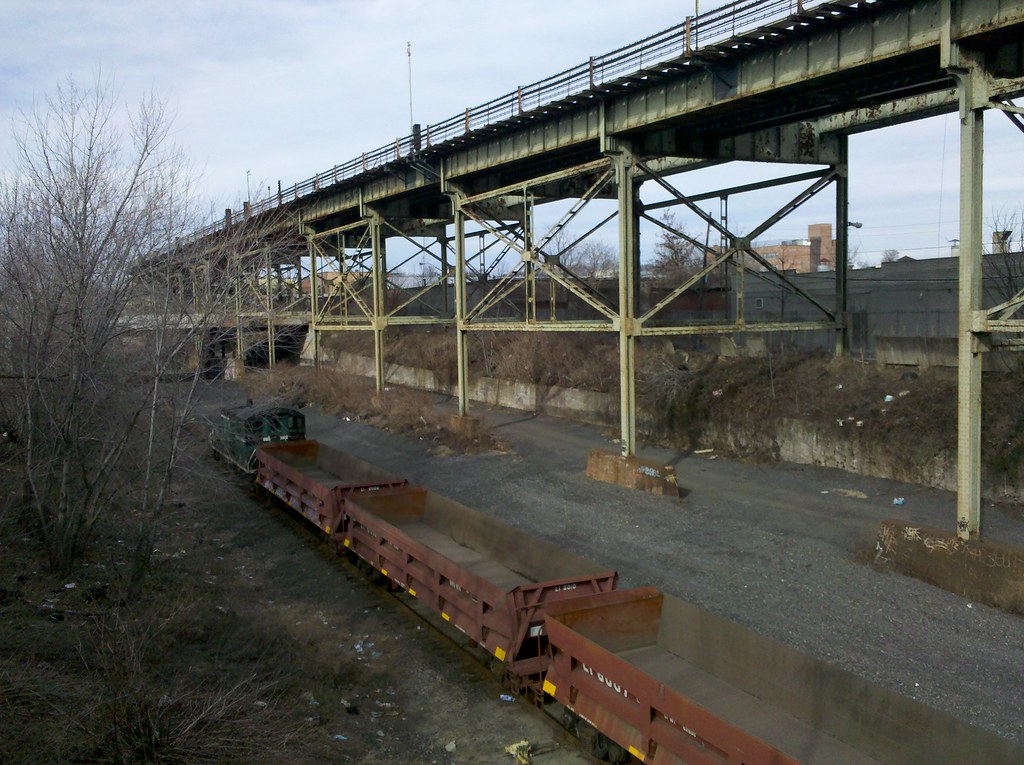
The Canarsie Line and the Bay Ridge Branch, respectively
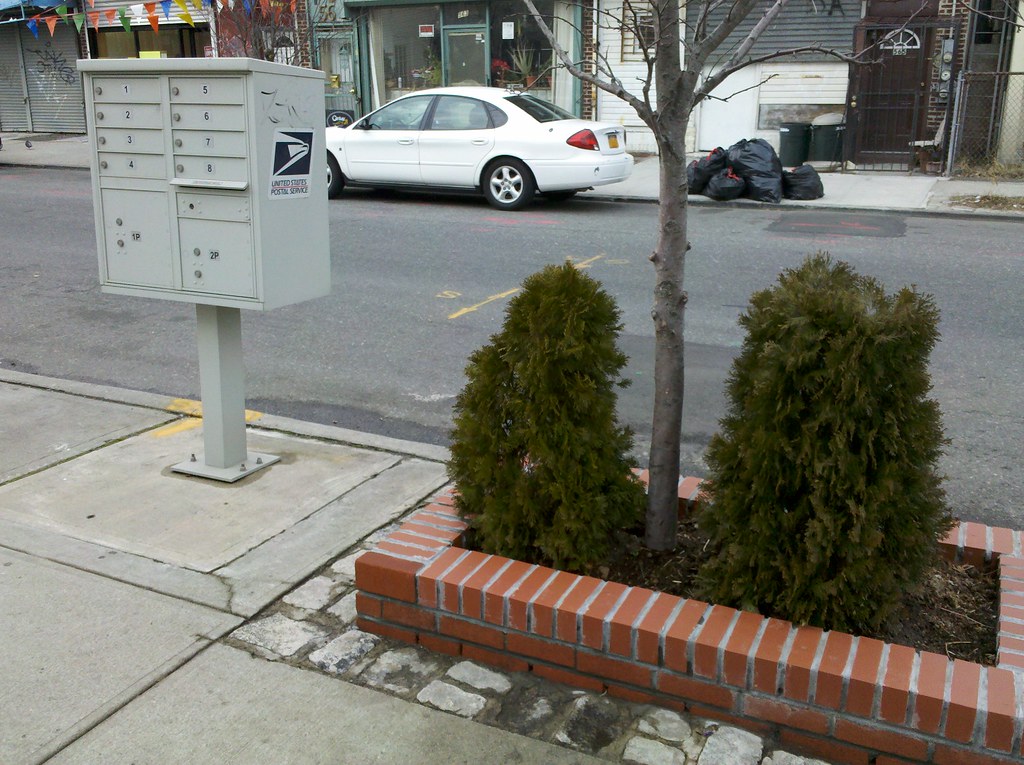
Walking through East New York today, I found myself immersed in a lengthy conversation with a Rasta named Bent. He had called out to me from across the street simply because he didn't recognize me. I thought that was kind of odd (isn't a city as big as New York bound to be full of strangers?), but then he did seem to know every single one of the people who happened to pass by during the course of our conversation. Wearing a button with the image of Haile Selassie, Bent mostly spoke to me about Ethiopia, with topics ranging from Amharic and Ge'ez to Beta Israel to the connections between Ethiopia and India.
He also talked about moving to East New York in the mid-'90s, when his house was the only thing standing on this side of the block (the adjacent lots were vacant garbage dumps). Many of his neighbors were saying they wanted to move somewhere safer and nicer, but he told me you shouldn't flee to a better neighborhood; you should make your own neighborhood better. He's spent a lot of time turning around his corner of the world: among other things, he's planted several trees out on the street, including the ones you see here. I wasn't sure our conversation was going to end before nightfall, but then Bent suddenly excused himself, saying he had to go because he is "on a mission." His parting words to me: "One love, one heart."
(He didn't want me to take his picture, which is a shame because his outfit perfectly matched the red, yellow, and green painted on his house.)

Actually, the L train runs on the left-hand side of this structure. The portion I'm standing under used to support the elevated Fulton Street Line.

This underpass takes you to the East New York LIRR station on the Atlantic Branch, which you can see just across the road (the outer lane of Atlantic Avenue), beneath the arches that support the elevated center lanes of Atlantic Avenue. The Atlantic Branch, which runs underground on either side of this station, rises to street level here to allow another rail line, the Bay Ridge Branch, to pass beneath it. As if that weren't enough, you can also see the elevated tracks of the Canarsie Line (L train), which cross Atlantic Avenue just to the left of this photo (where the previous photo was taken), in the background. Take a look at a bird's-eye view to get a better sense of the area. (Things don't get any simpler at Broadway Junction, just north of here.)

As mentioned previously, this enormous building is currently a homeless shelter. But what was its original purpose? According to the New York Times:
After the Civil War, a number of armories were built around the city to assuage the fears of middle- and upper-class New Yorkers who had seen Civil War draft riots and the Tompkins Square Riots of 1873. A growing immigrant population and a depression begun by the panic of 1873 fueled concern over unrest. Between 1880 and 1913, New York and Brooklyn sponsored the construction of 29 armories, including the Bedford-Atlantic Armory, built for the 23rd Regiment in Brooklyn.
The armory was designed by Isaac G. Perry, chief architect of the State Capitol in Albany. Construction began in 1889 and was completed in 1902 on a building whose 50,000-square-foot drill hall provided open space for training recruits. The vast space also allowed for functions like dances and dog shows.


